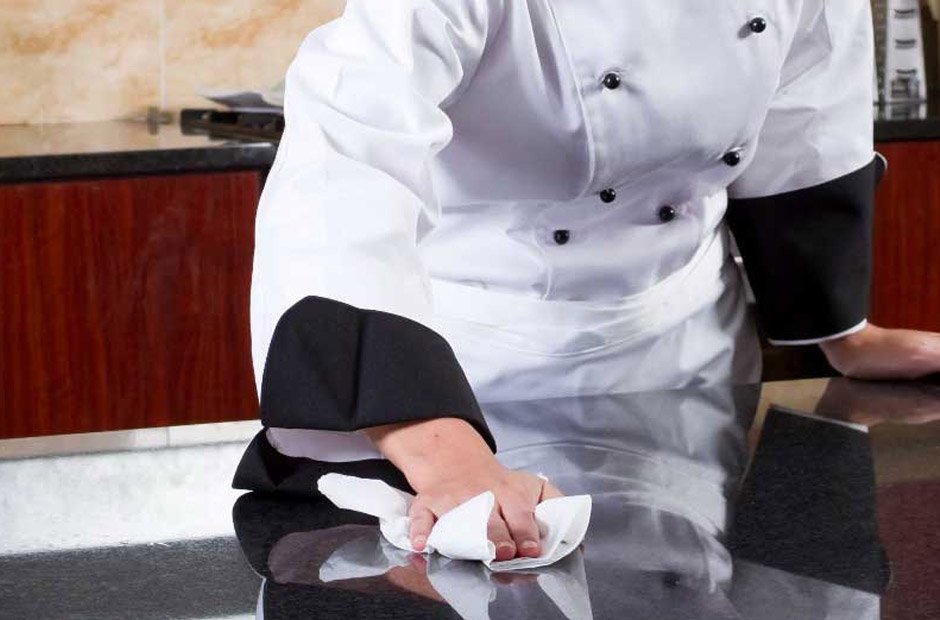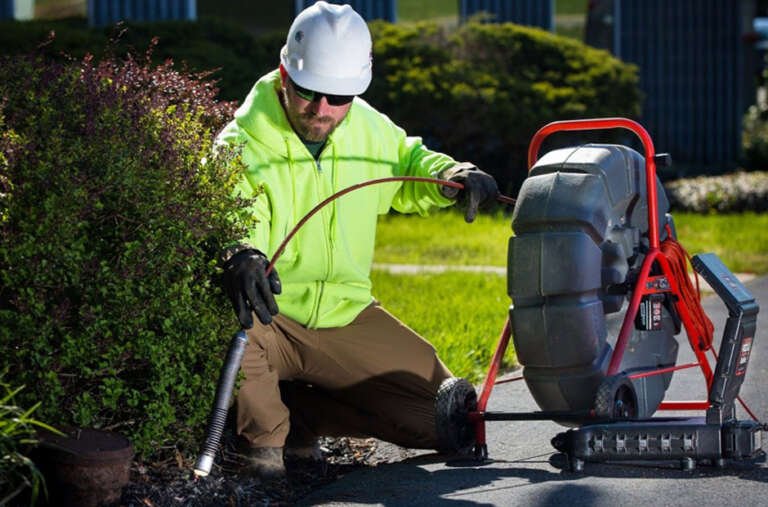Surface contaminants can be a major headache, whether you’re dealing with stubborn grime on kitchen countertops, oil stains in the garage, or mildew on outdoor furniture. These tough contaminants not only mar the appearance of surfaces but can also harbor harmful bacteria and degrade materials over time. Fortunately, there are several effective methods to remove these persistent substances. Let’s explore some of these methods to keep your surfaces clean, safe, and looking their best.
Understanding Surface Contaminants
Surface contaminants come in various forms, each requiring specific cleaning techniques. Common contaminants include dirt, grease, oil, rust, paint, mildew, and biological residues. The key to effective cleaning is identifying the type of contaminant and selecting the appropriate method to tackle it.
Abrasive Cleaning
Abrasive cleaning is a powerful technique for removing tough contaminants. It involves using a material, often granular or powdery, to scrub away dirt and grime from a surface. This method is particularly effective for surfaces that can withstand a bit of abrasion, such as metal, stone, and some types of wood.
Mechanical Methods
Mechanical cleaning methods use physical force to remove contaminants from surfaces. These methods are highly effective for hard, non-porous surfaces.
Sandblasting
Sandblasting is a technique that propels fine grains of sand at high speed onto a surface to remove contaminants like paint, rust, and grime. This method is excellent for large, sturdy surfaces like metal and concrete.
Pros:
- Highly effective at removing tough contaminants
- Quick and efficient for large areas
Cons:
- Can damage delicate surfaces
- Requires proper protective equipment and ventilation
Pressure Washing
Pressure washing uses a high-pressure stream of water to blast away dirt, mold, and other contaminants. This method is ideal for outdoor surfaces such as driveways, patios, and siding.
Pros:
- Effective and quick
- Environmentally friendly when using just water
Cons:
- Can damage surfaces if the pressure is too high
- May require special equipment and expertise
Chemical Methods
Chemical cleaning involves using specially formulated cleaners to break down and dissolve contaminants. This method is particularly effective for organic and greasy residues.
Solvent Cleaners
Solvent cleaners dissolve contaminants like grease, oil, and adhesive residues. Common solvents include acetone, mineral spirits, and rubbing alcohol.
Pros:
- Highly effective on oily and greasy contaminants
- Easy to apply with minimal physical effort
Cons:
- Can be harsh and potentially toxic
- Requires proper ventilation and protective gear
Alkaline Cleaners
Alkaline cleaners, such as baking soda and ammonia, are effective at breaking down organic materials and grease. They are commonly used in household cleaning products.
Pros:
- Safe and widely available
- Effective on a variety of contaminants
Cons:
- May require multiple applications for tough stains
- Can leave residues that need rinsing
Biological Methods
Biological cleaning methods utilize enzymes and bacteria to break down organic contaminants. These methods are environmentally friendly and safe for most surfaces.
Enzymatic Cleaners
Enzymatic cleaners contain enzymes that digest organic materials like food stains, pet urine, and mold. These cleaners are ideal for carpets, upholstery, and fabrics.
Pros:
- Safe and non-toxic
- Effective on organic stains and odors
Cons:
- Slower acting than chemical cleaners
- May require repeated applications for tough stains
Natural Methods
Natural cleaning methods use non-toxic, environmentally friendly substances to remove contaminants. These methods are ideal for those seeking a greener approach to cleaning.
Vinegar and Baking Soda
A mixture of vinegar and baking soda can effectively tackle a variety of household contaminants, from lime scale to baked-on grease.
Pros:
- Non-toxic and safe
- Inexpensive and readily available
Cons:
- Less effective on industrial contaminants
- May require more elbow grease
Lemon Juice
Lemon juice is a natural acid that can help dissolve grease and mineral deposits. It’s particularly useful for cleaning kitchen surfaces and appliances.
Pros:
- Safe and pleasant-smelling
- Effective on light contaminants
Cons:
- Not suitable for heavy-duty cleaning
- May need to be combined with other methods
Ultrasonic Cleaning
Ultrasonic cleaning uses high-frequency sound waves to create tiny bubbles that dislodge contaminants from surfaces. This method is particularly effective for intricate or delicate items like jewelry and electronics.
Pros:
- Highly effective on small, detailed items
- Non-abrasive and gentle
Cons:
- Requires specialized equipment
- Limited to small items
Steam Cleaning
Steam cleaning uses high-temperature steam to break down and remove contaminants. This method is excellent for sanitizing surfaces and removing stubborn dirt and grime.
Pros:
- Kills bacteria and mold
- Effective on a variety of surfaces
Cons:
- Can damage heat-sensitive materials
- Requires careful handling to avoid burns
Combining Methods for Optimal Results
In many cases, a combination of methods yields the best results. For instance, using a chemical cleaner to break down grease followed by a pressure wash can effectively clean a heavily soiled garage floor. Similarly, combining natural methods like vinegar and baking soda with mechanical scrubbing can tackle tough kitchen stains.
Preventative Measures
Preventing surface contaminants from accumulating is easier than dealing with them once they’ve settled in. Regular cleaning and maintenance can keep surfaces looking their best and minimize the need for more intensive cleaning methods.
Regular Cleaning Schedule
Establishing a regular cleaning schedule helps prevent the buildup of contaminants. Regularly wiping down surfaces, vacuuming, and mopping can keep dirt and grime at bay.
Protective Coatings
Applying protective coatings to surfaces can prevent contaminants from adhering. For example, waxing a car or sealing a concrete driveway can protect against stains and make future cleaning easier.
Keep Your Surfaces Spotless
Removing tough surface contaminants doesn’t have to be a daunting task. By understanding the types of contaminants and employing the right methods—whether it’s abrasive cleaning, chemical solutions, or natural approaches—you can keep your surfaces spotless and in excellent condition. Remember, a combination of methods often provides the best results, and regular maintenance can help prevent the buildup of stubborn grime. With these effective cleaning strategies, you can enjoy a cleaner, healthier, and more beautiful living environment.








